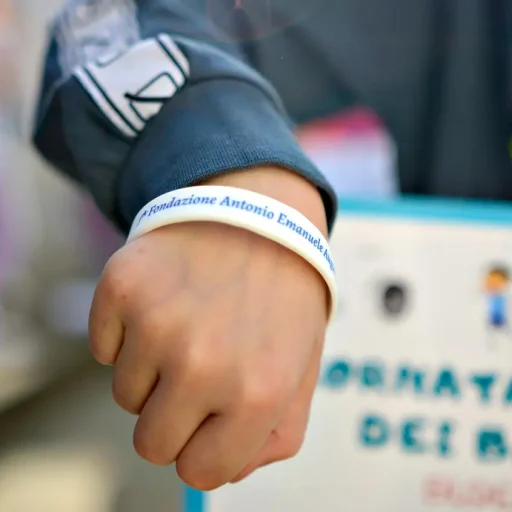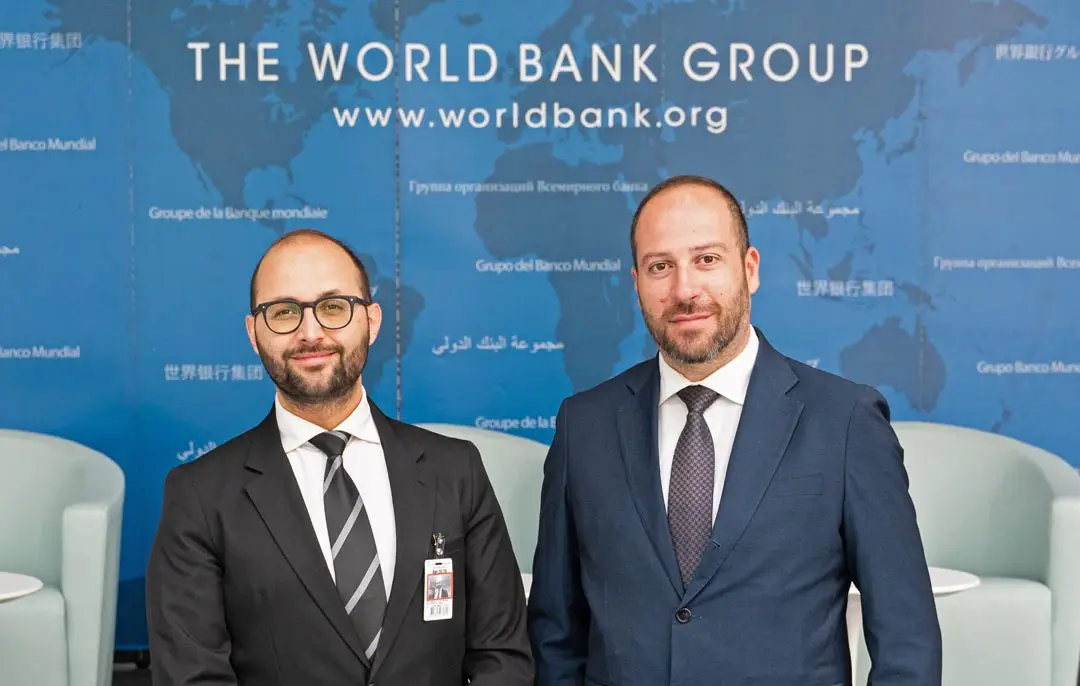A new paradigm of intervention
The Generative Restitution
Since 2020, we have been shaping a new perspective on the world with Generative Restitution. Listen to the words of our President Francesco Augurusa and become part of the change!
An innovative way of doing non-profit that originates from the message and vision of Antonio Emanuele Augurusa.
Generative Restitution is a model that sees the community and territory as both benefactors and beneficiaries of every intervention. It involves building networks of dialogue and collaboration among social actors, from small craftsmen or farmers to large entrepreneurs and investors. It includes civil, academic, and ecclesiastical institutions, ensuring that society as a whole actively participates in its own development. Everyone contributes to the creation of shared value according to their strategic, financial, and relational capacities.
However, restitution does not have a singular effect; it is collectively constructed to have a multiplier and catalytic character of new impacts as to opportunity, development and sustainability.
The Generative Restitution of the paradigm lies precisely in the ability and willingness to transform the single positive intervention into virtuous circuits of social impact that are continuous and systemic, sustaining and self-sustaining over time, becoming scalable and replicable.
The goal is to create lasting and sustainable social value for communities through interventions that align the efforts of all local actors, from institutions to civil society, toward the common good and equitable, shared prosperity.
The Augurusa Foundation brings together businesses, non-profit organizations, institutions, and individual citizens to build Generative Restitution Models, which take shape in solid, collaborative partnerships with "win-win" outcomes and where involved actors contribute their resources while benefitting from the social impact generated collectively.
Five criteria guide the application of the paradigm and serve as the guidelines for structuring the Models:
- creation of a collaborative platform
- adaptation to local context and needs
- ability to sustain and self-sustain over time
- continuous community development
- positive, multiplying impact, generating further impacts

Model, Project and Local Initiative
We shape our commitment to territories and communities through three levels of intervention.
Model
The Models are multistakeholder platforms that bring together partners committed to the Foundation’s mission and community development. Each model strengthens local social networks by creating self-sustaining cycles of positive impact, sparking new transformations through collaborative projects.

Project
Projects are structured interventions aimed at generating a determined and specific impact on a national or international scale in response to specific needs. While they are replicable, projects differ from models in that they lack continuity in action: the focus is on restitution, which develops within a defined timeframe.

Local initiative
Local Initiatives are interventions aimed at having a primarily local impact, carefully designed to respond to the specific needs of defined communities. These initiatives address the emerging issues of individual territories by offering services and assistance in co-design with the communities involved.

How do we apply our method?
Five intervention programs
We address the root causes of poverty and inequality, acting on the structural dimensions in which they manifest.
Education
We protect the right to education, create professional training and career guidance pathways, and promote Integral Human Development as well as community development.
Social inclusion
We protect human rights, safeguard minorities, and promote active and democratic citizenship processes to reduce both geographical and existential marginalization.
Sustainability
We encourage the adoption of clean and renewable energy sources, promote initiatives in the field of social innovation, support the management of socio-environmental conflicts, and advocate for the fair distribution of resources.
Culture
We protect and enhance cultural heritage, support academic and scientific research, promote cultural accessibility, and encourage artistic expression in all its forms.
Security
We protect the right to health, promote access to sports and safe sports practice among young generations, regenerate degraded areas, and promote social safety.
